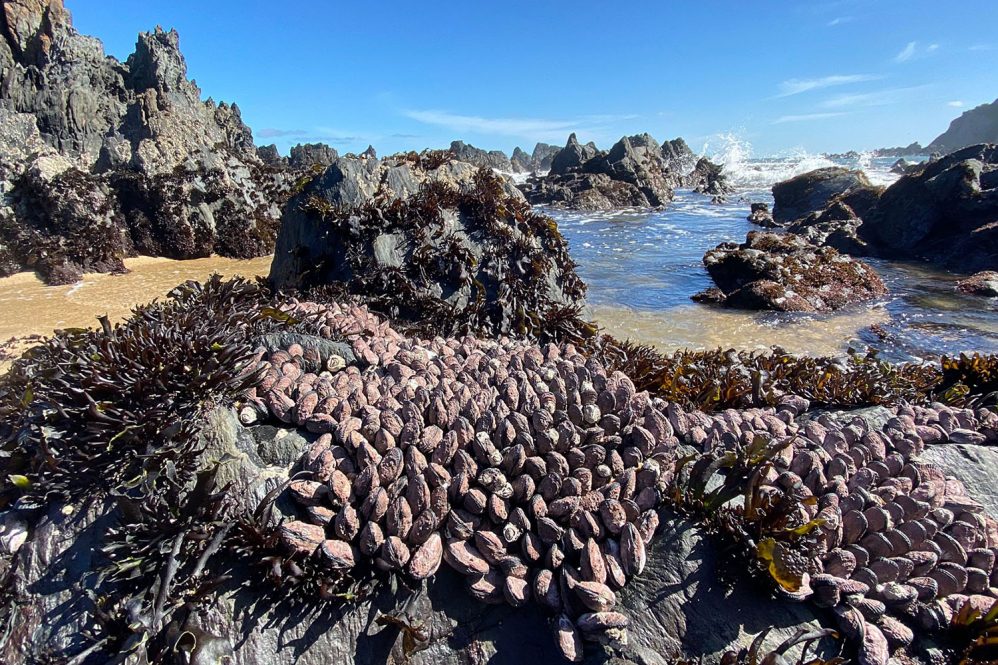The world’s oceans have experienced record heat in 2023. With rising temperatures and increasing acidification, we don’t yet know the full extent these changes will have on marine ecosystems.
UConn Department of Marine Sciences Associate Professor Hannes Baumann studies fish, including important forage fishes such as sand lance and silverside, to see how they adapt to changes in environmental conditions. Many species are already adapted to temperature gradients that exist across latitudes on Earth, and Baumann believes that from these patterns, we can learn how fish may adapt to climate change – in time. This so-called “Space-for-Time” approach is one tool scientists use to predict the long-term consequences of climate change.
As part of his post-doctoral work, Baumann experimentally found similar climate adaptation patterns in Atlantic and Pacific silversides. He suspects that a higher-order relationship exists between the strength of adaptation and the strength of the underlying climate gradient.
Now, with a grant from the National Science Foundation, Baumann has the opportunity to return to and expand his study of silversides to a South Pacific species and study how they are adapted to their coastal latitudinal temperature gradient.
“We are hoping the prove the validity of a principle of evolutionary adaptation for the Southern Hemisphere. It will then allow us to compare and integrate the patterns with the silverside species from the Northern Hemisphere, which evolutionary ecologists have been studying for decades already,” says Baumann.
After a two-week proof-of-concept trip to Chile in the Fall of 2022, Baumann established connections with local fishermen and colleagues at the Universidad de Concepcion in Dichato, Chile.
“To get spawning fish, we visit fish markets – called here caletas de pescadores – and first establish a connection to those who make a living catching silversides (“pejerrey del mar”). We’re making friends to explain our unusual request to accompany a fisherman during the night. This is the best method to make sure that the eggs get fully fertilized," he says.
In the Summer of 2023, Baumann began his yearlong sabbatical and has now moved to Chile for five months to begin the main experimental work on Chilean silversides, their adaptations, and the strength of those adaptations to underlying climate change.
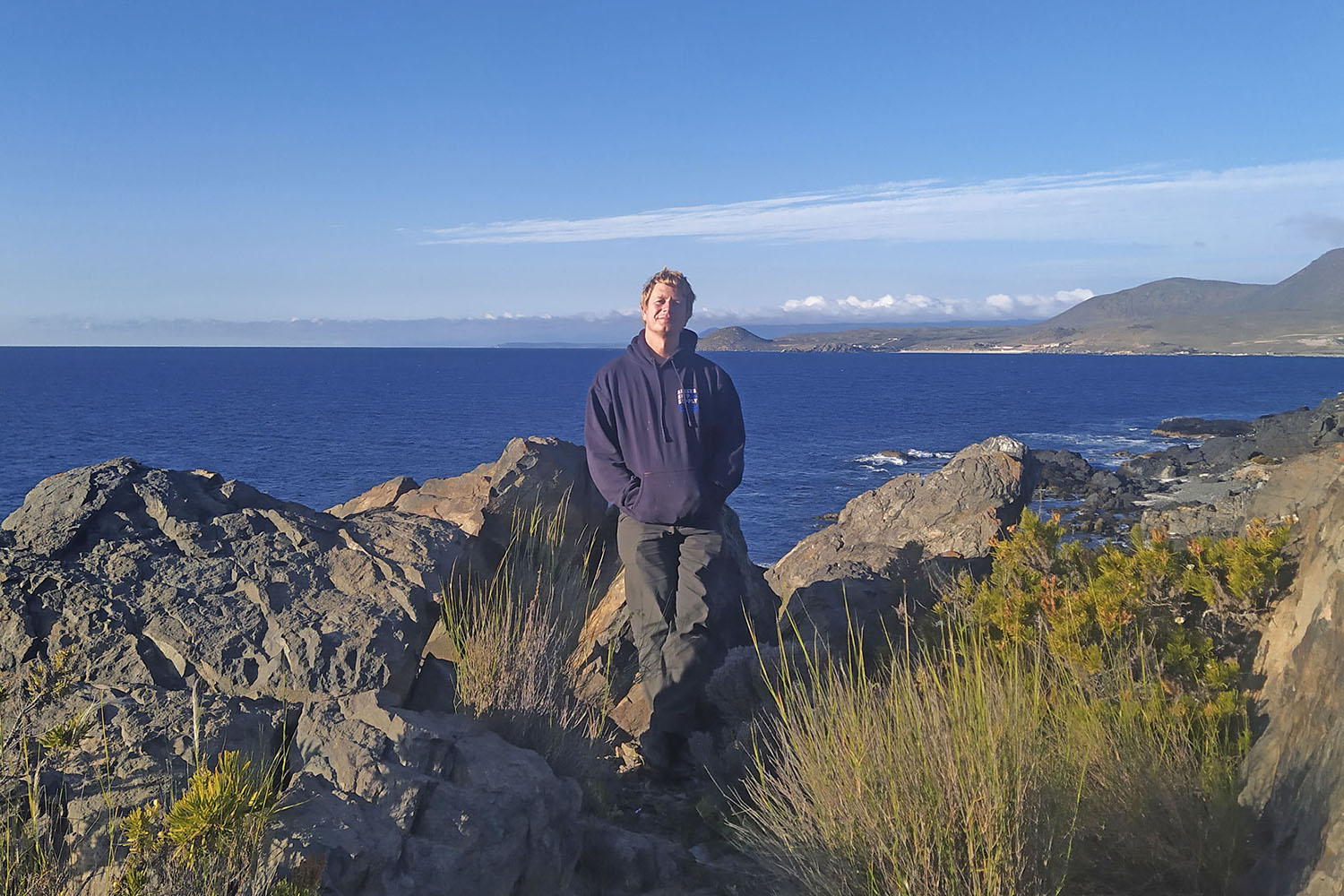
The wild Pacific coast of Chile is the backdrop for Baumann’s sabbatical research project. Coastal water temperature changes here with latitude, and fish have adapted to this temperature gradient. The adaptations may give insight into how the fish will fare with climate change.
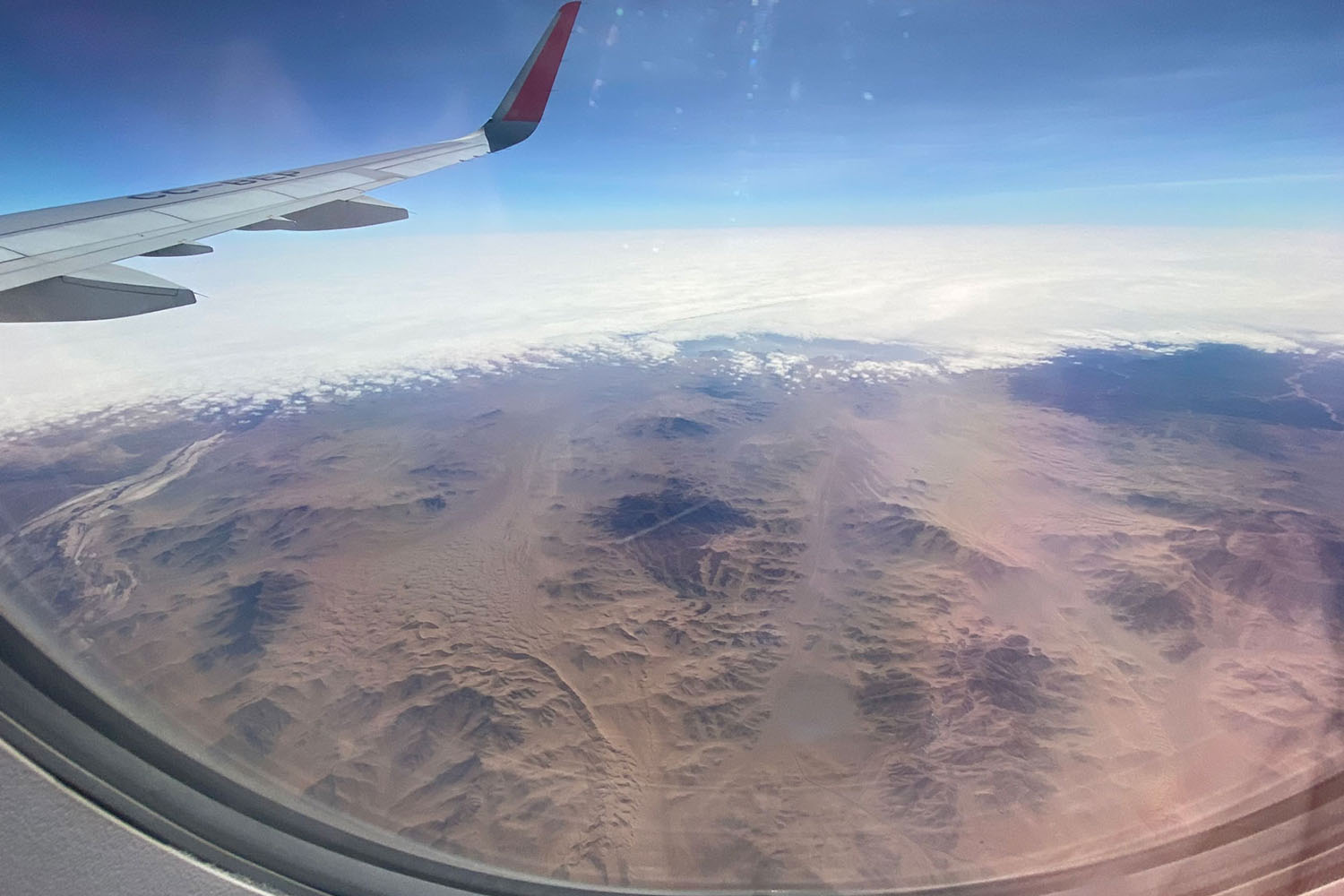
Flying over the vast desert landscape of northern Chile is always spectacular, so window seats are a must, says Baumann. Where the clouds start, the ocean begins.
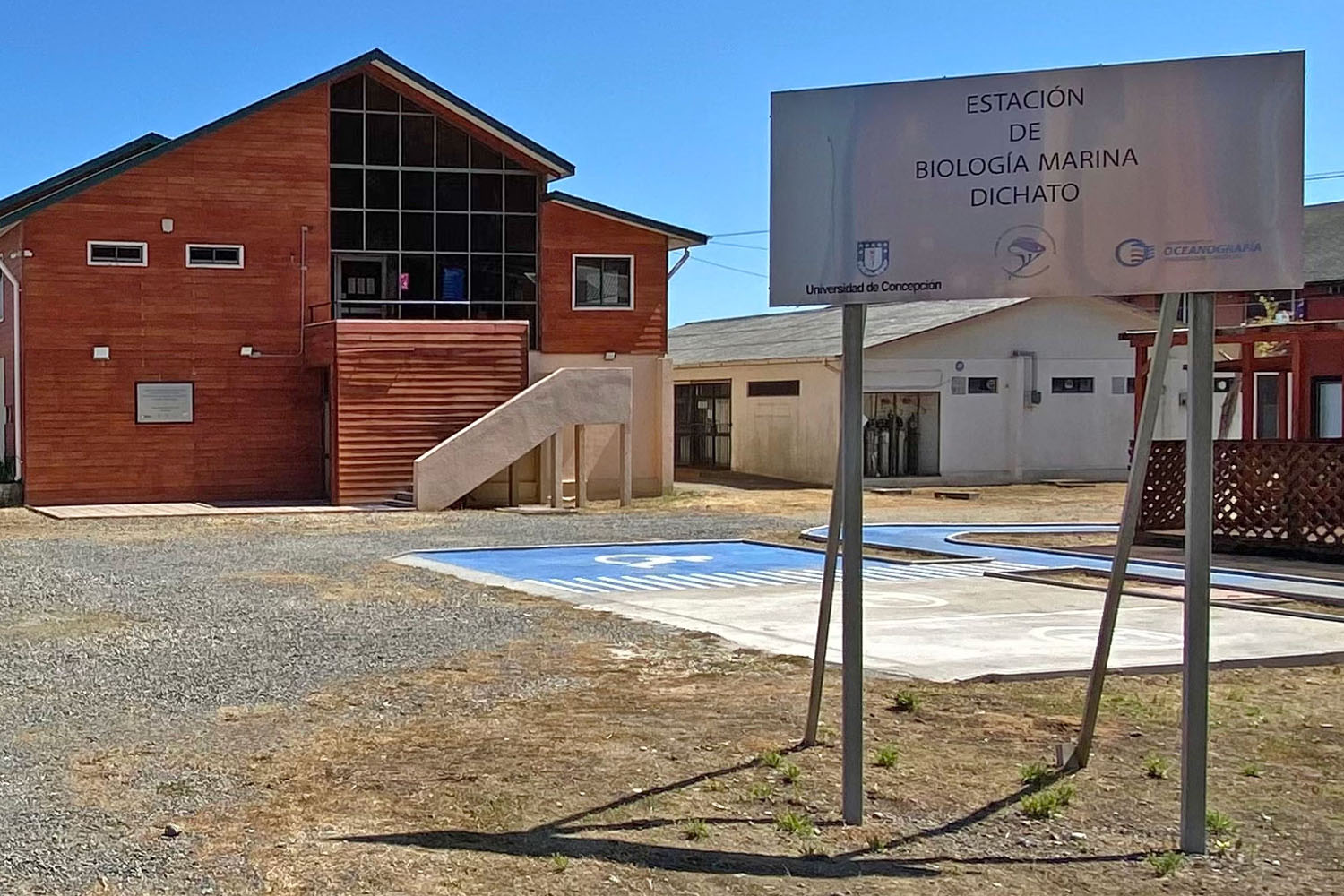
The experiments will be conducted at the Marine Station of the University of Concepcion in Dichato. The station was completely destroyed after a tsunami in 2010, but has since been rebuilt and improved.
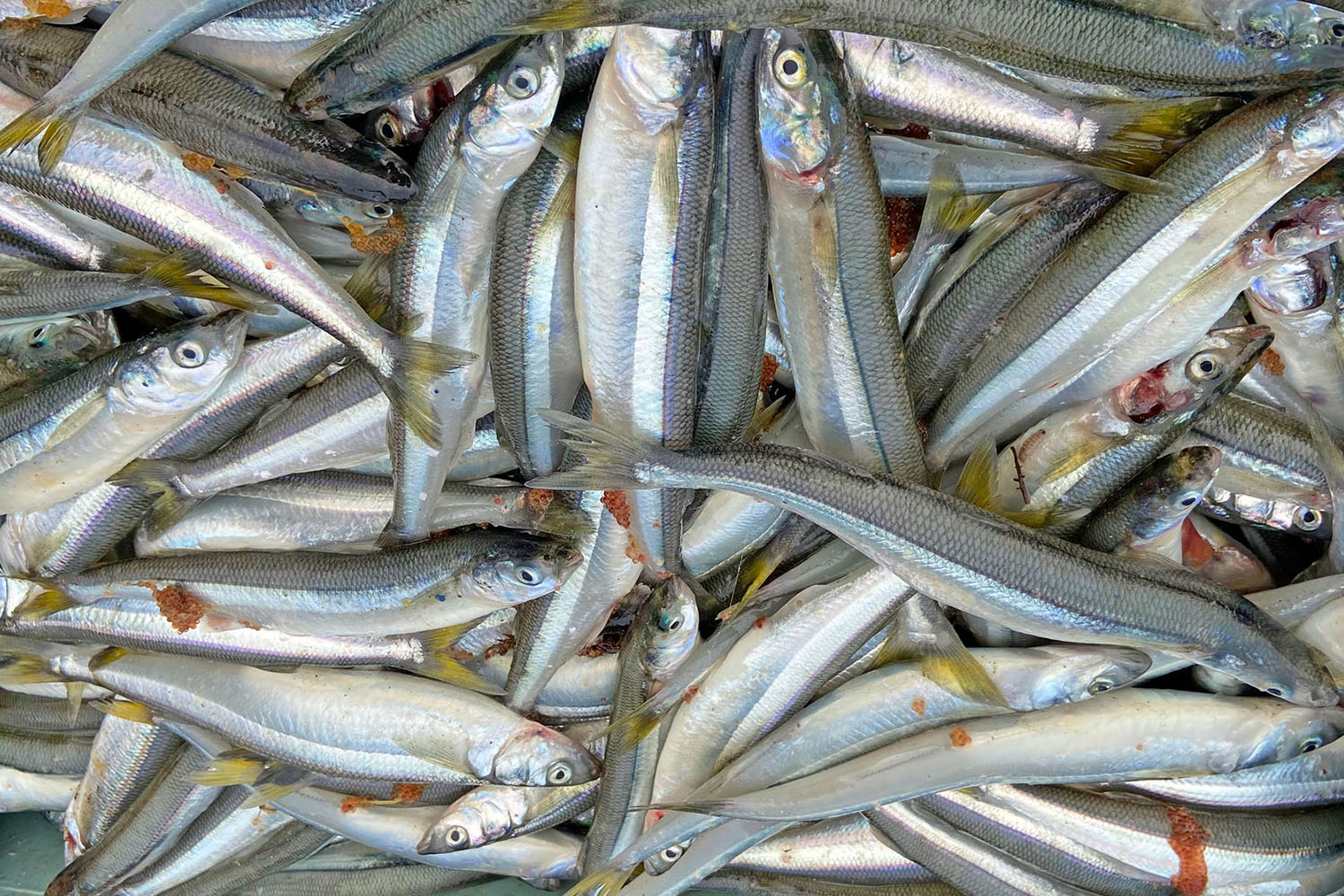
The Chilean silverside Odontesthes regia, or “pejerrey del mar” belongs to the family of New World silversides or Atherinopsidae. These are forage fish, and also very good models for laboratory research.
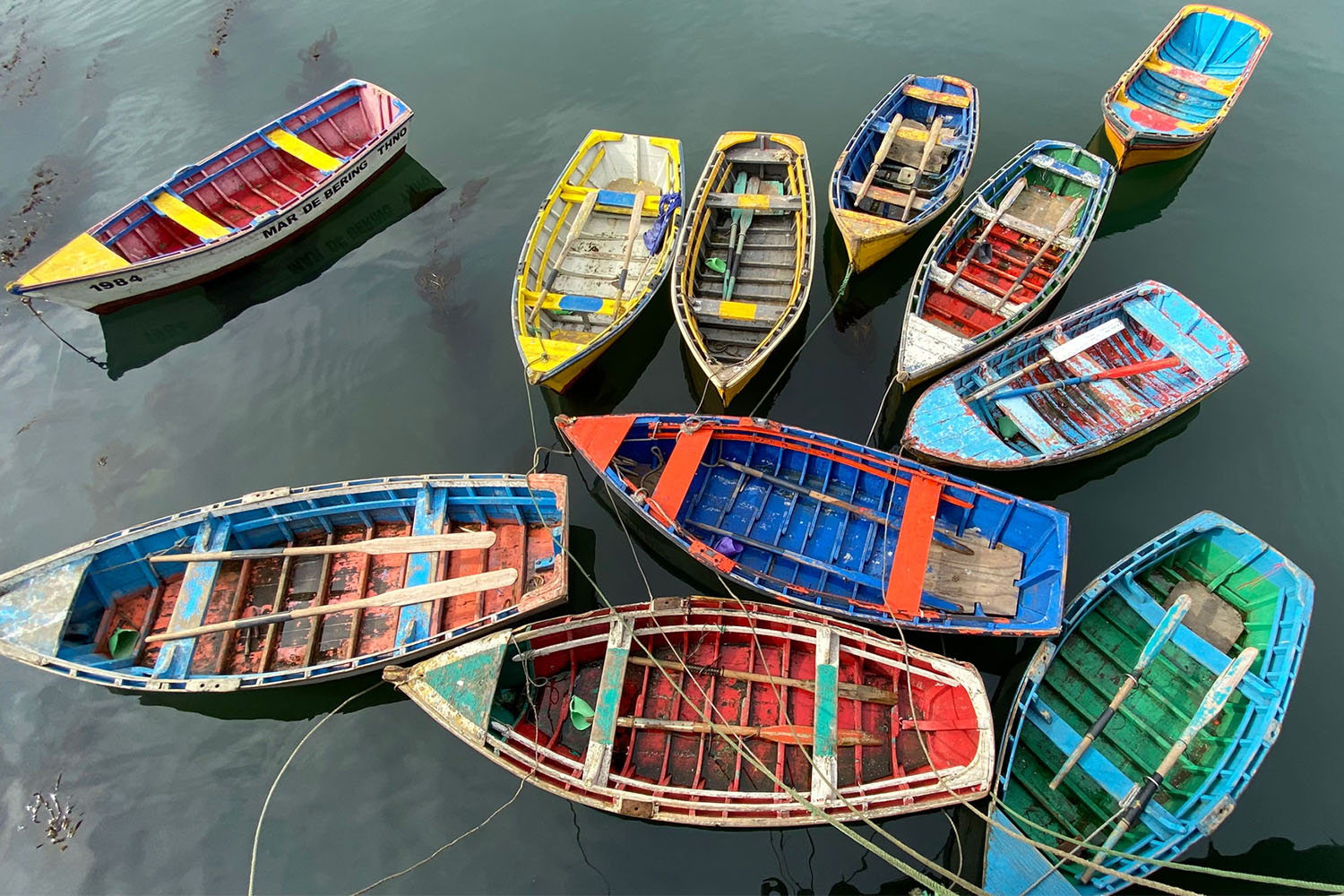
Fishing boats in Tumbes, a small village close to Concepcion. These artisanal harbors are always colorful affairs, says Baumann.
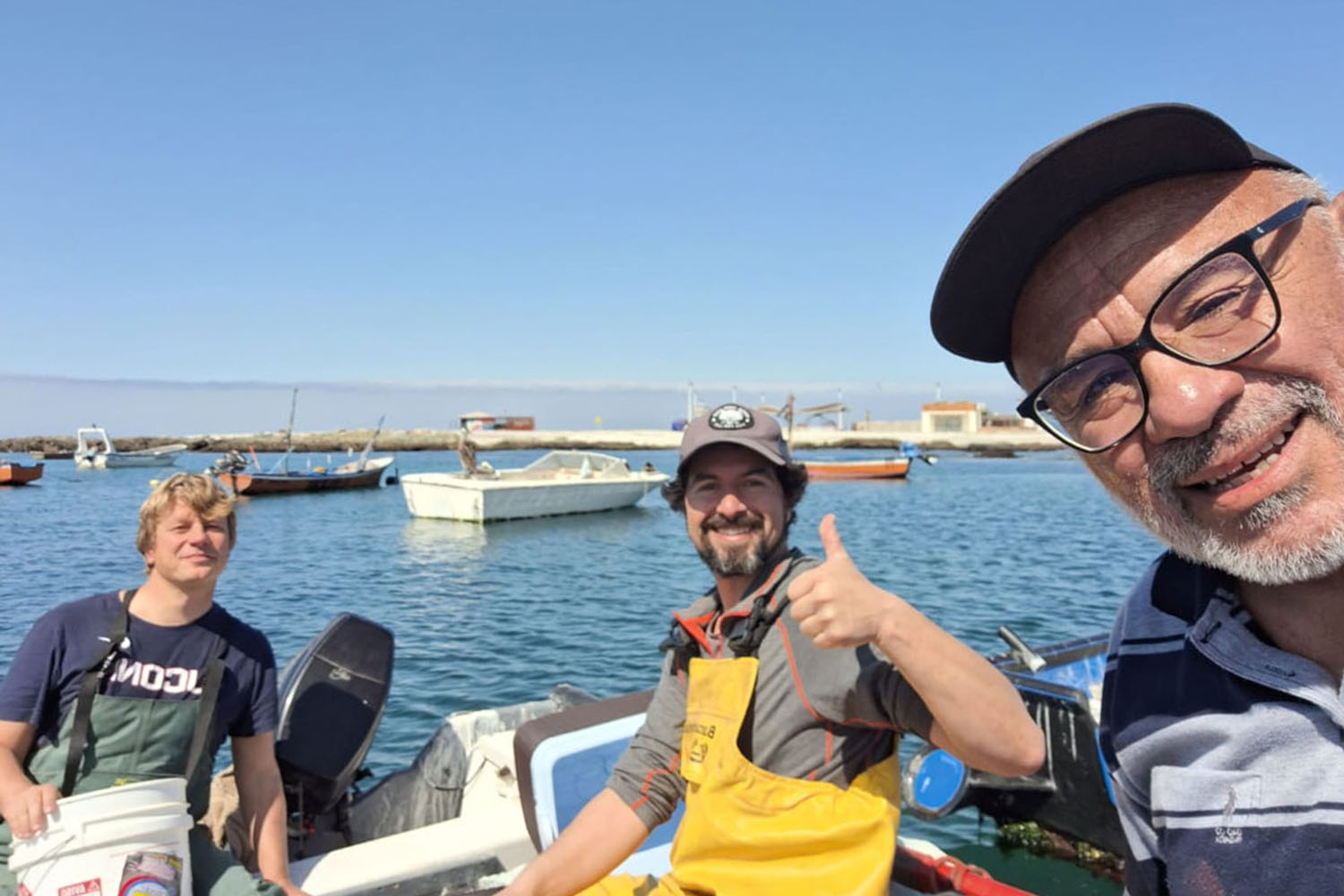
On 22 September 2023, researchers Miguel Araya (right), Mauricio Urbina, and Hannes Baumann go out gill net fishing themselves near Iquique/Chile. Sadly, this only reinforced the need to talk to real fishermen, says Baumann.
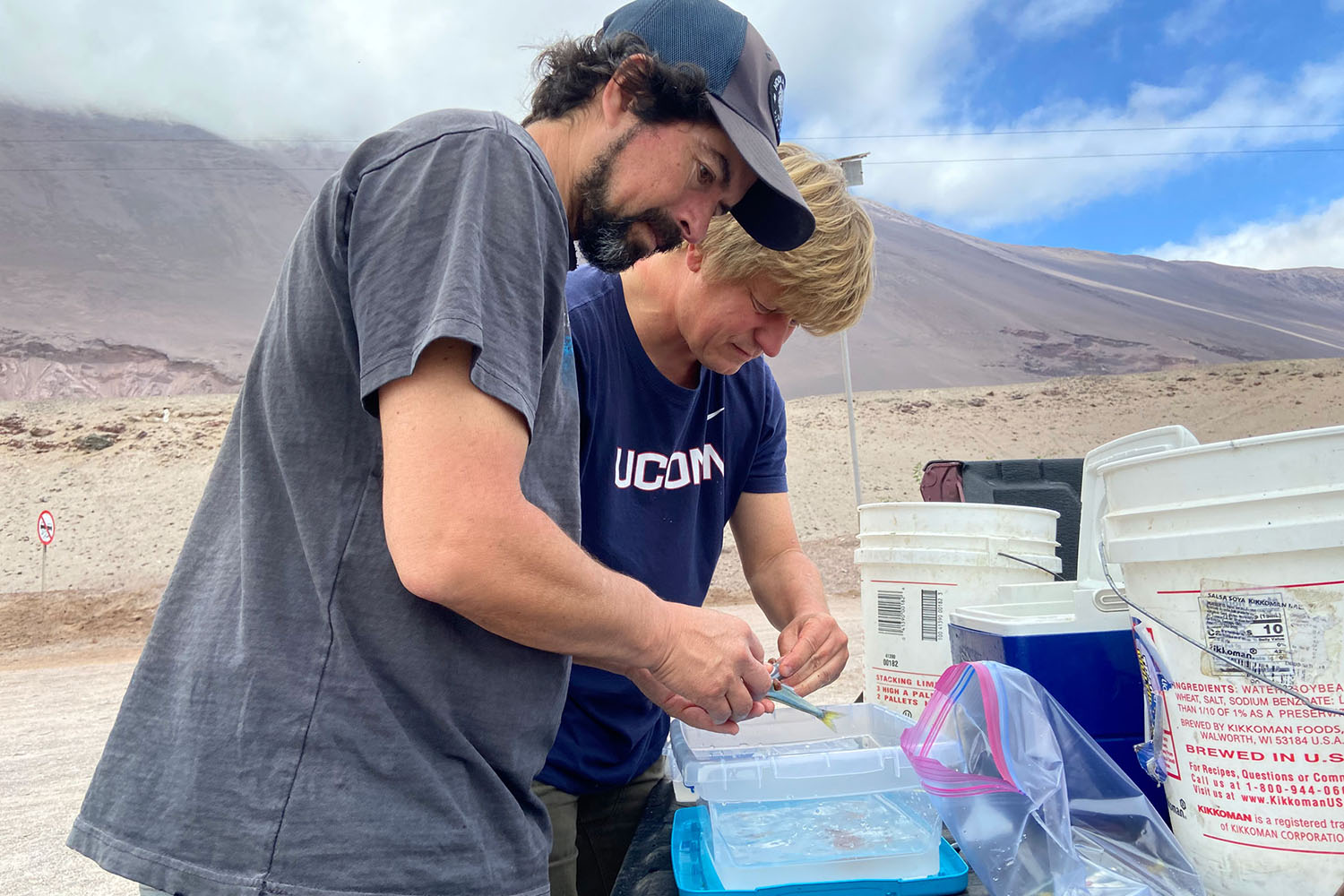
On the morning of 23 September 2023, Mauricio and Hannes begin strip-spawning recently caught silversides in their open-air laboratory on the hitch of a pick-up truck, surrounded by desert, rocks, and ocean.
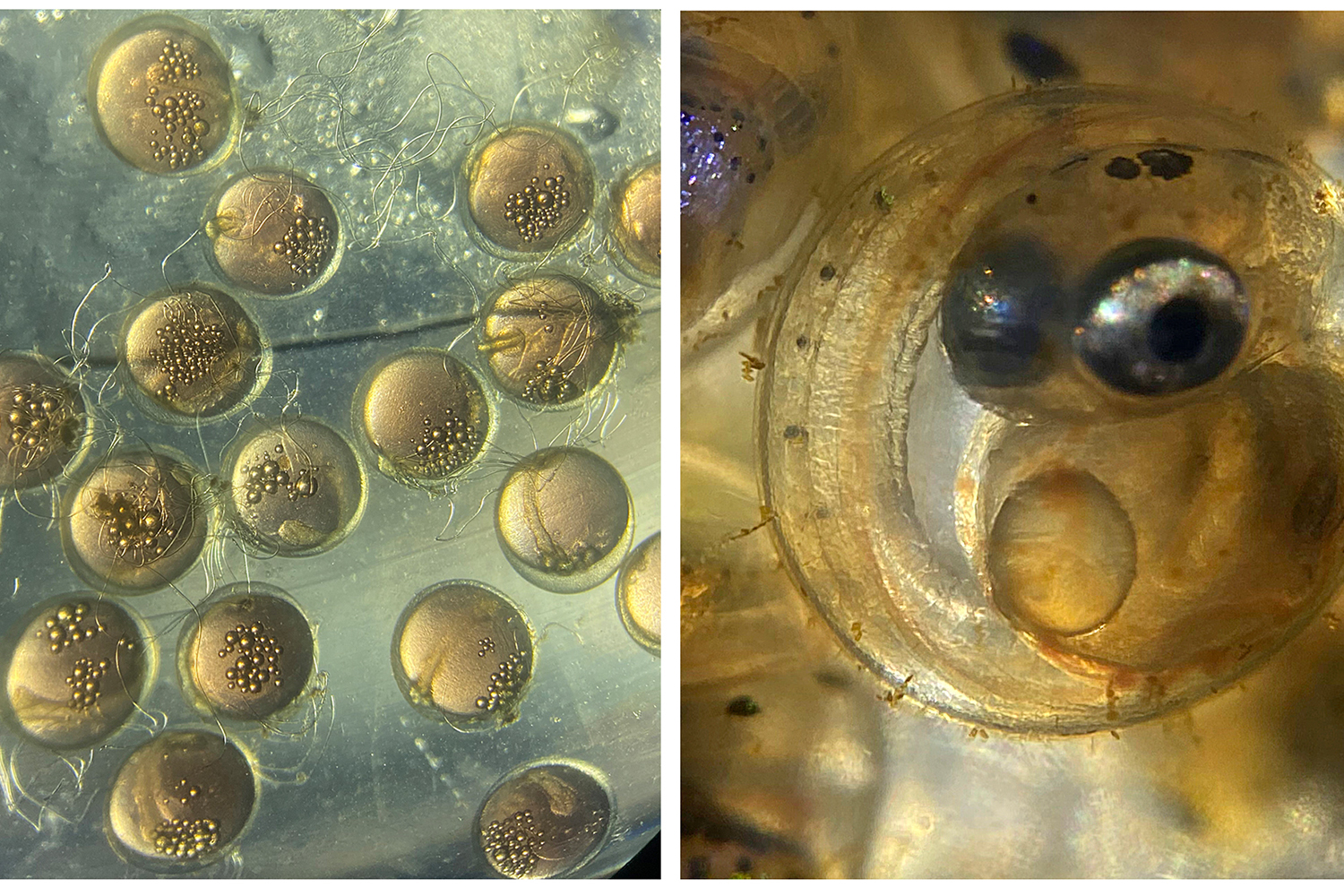
Recently fertilized embryos (left) and one close to hatching (right). New, tiny little life. The experiment will carry on until juveniles will have reached around 35mm in length.
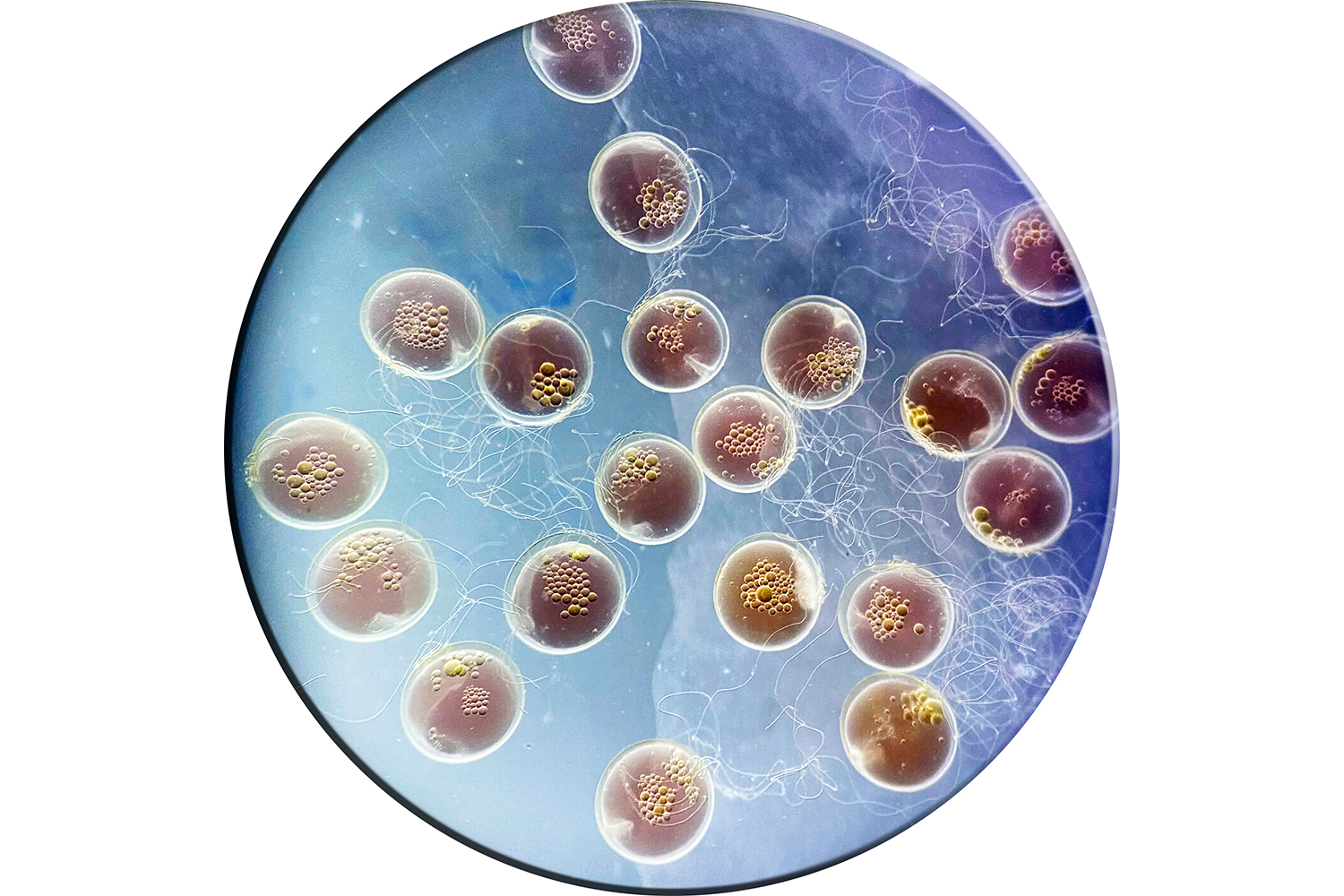
On 25 September, embryos 36 hours post-fertilization show the clear beginning of embryo growth. “We were encouraged to get an almost 100% fertilization success,” says Baumann.
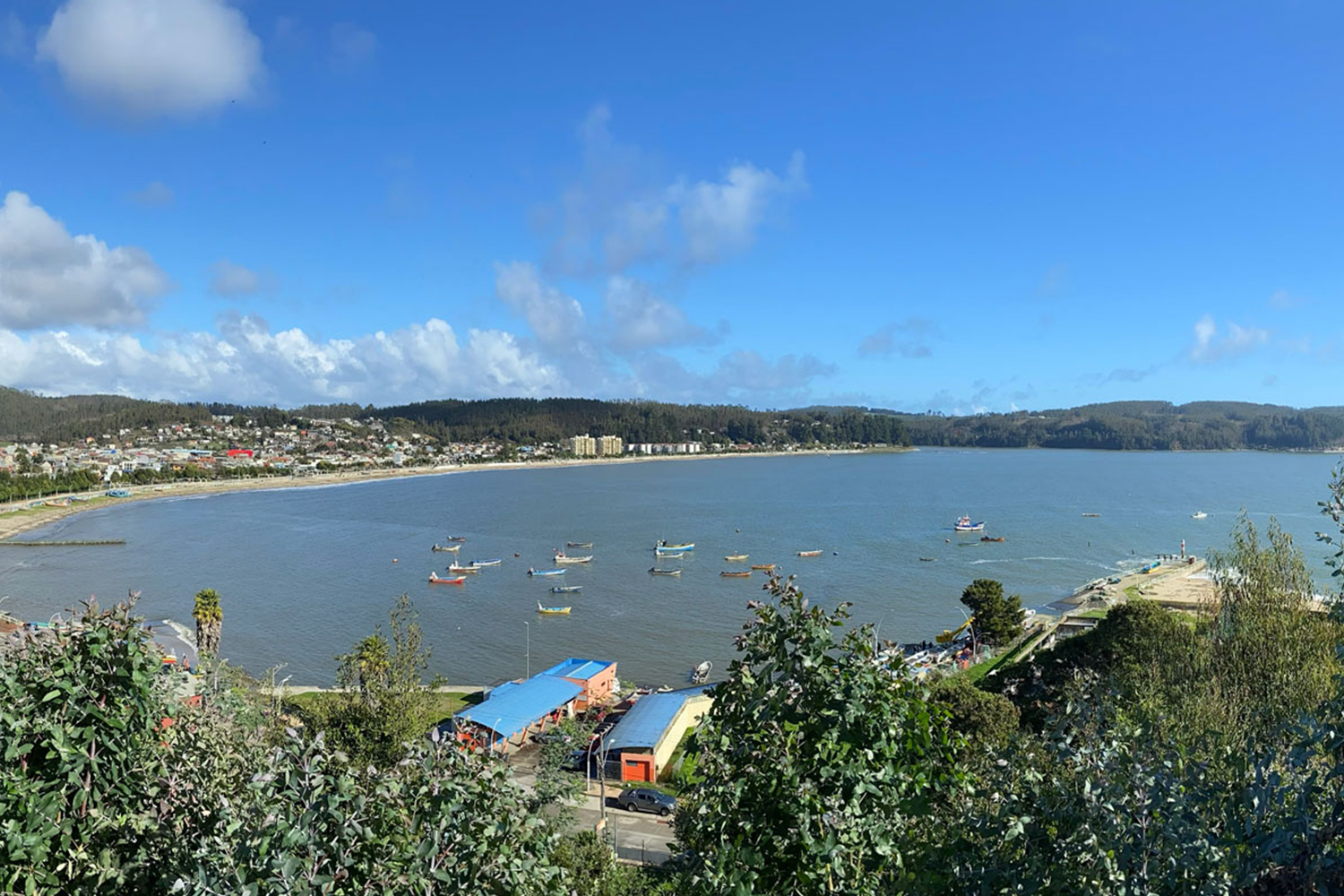
The small seasonal tourist village of Dichato in the picturesque Coliumo Bay is where the Marine Station is located. The beach is beautiful and particularly on weekends brimming with sunlovers from the city.
